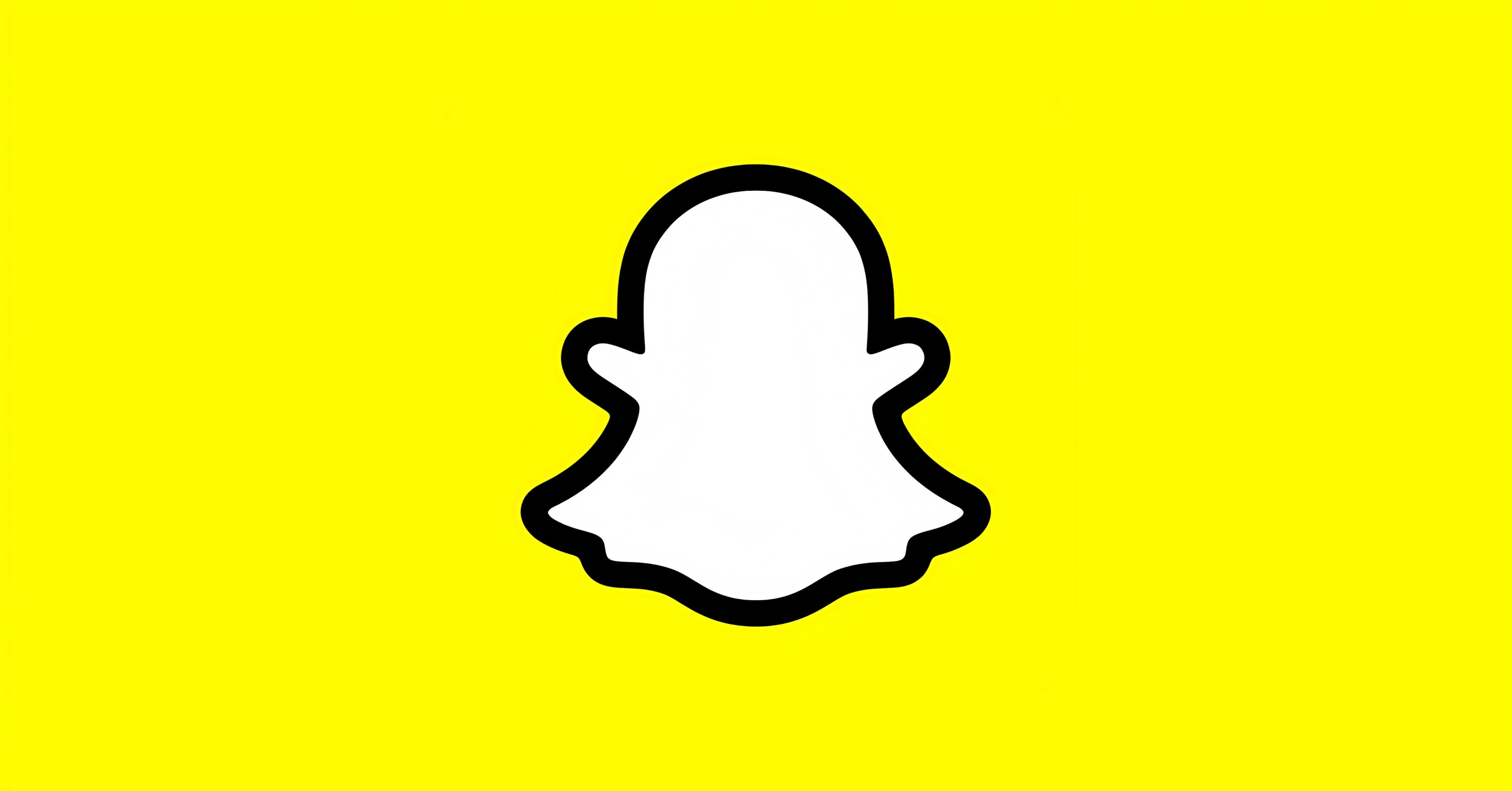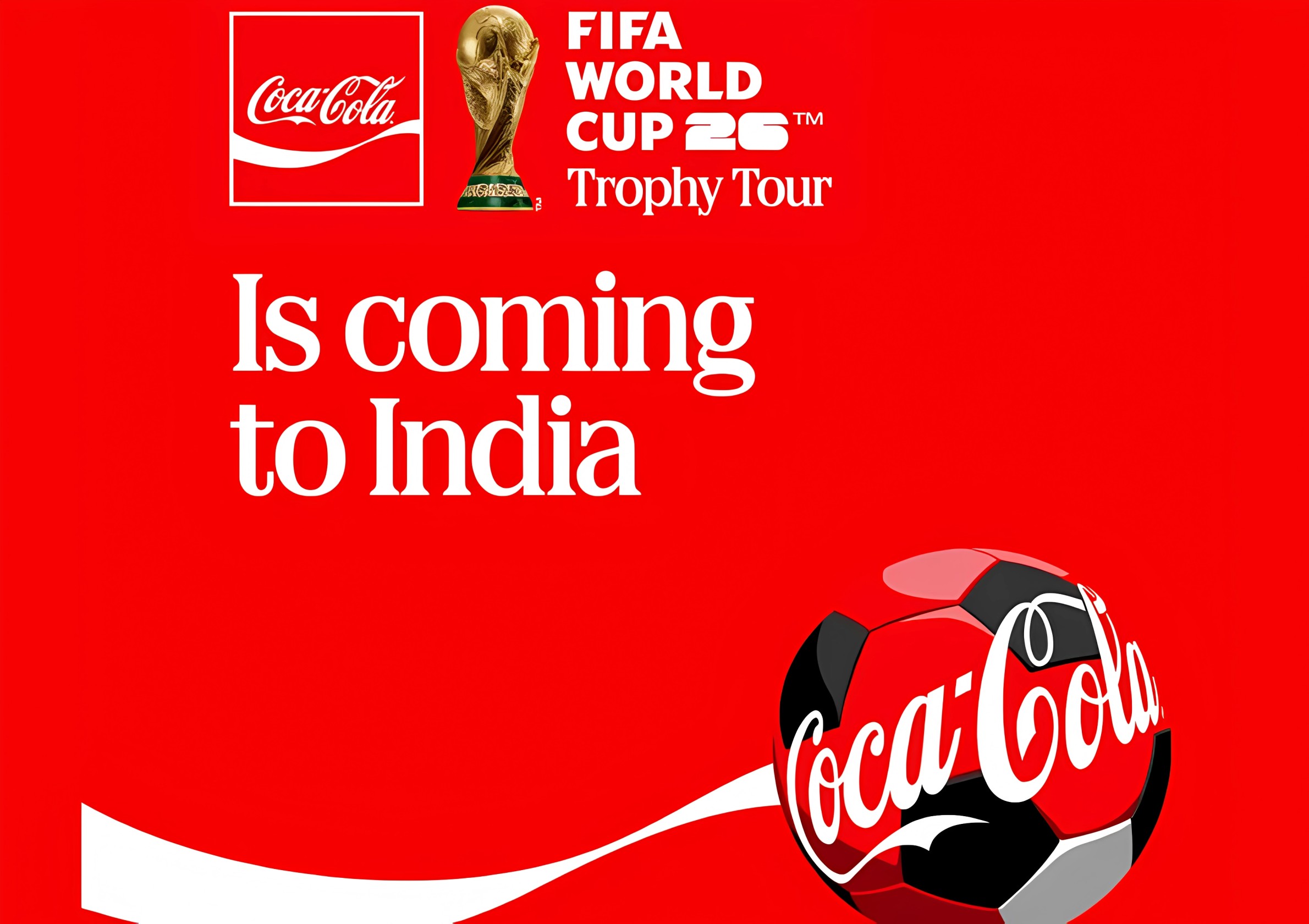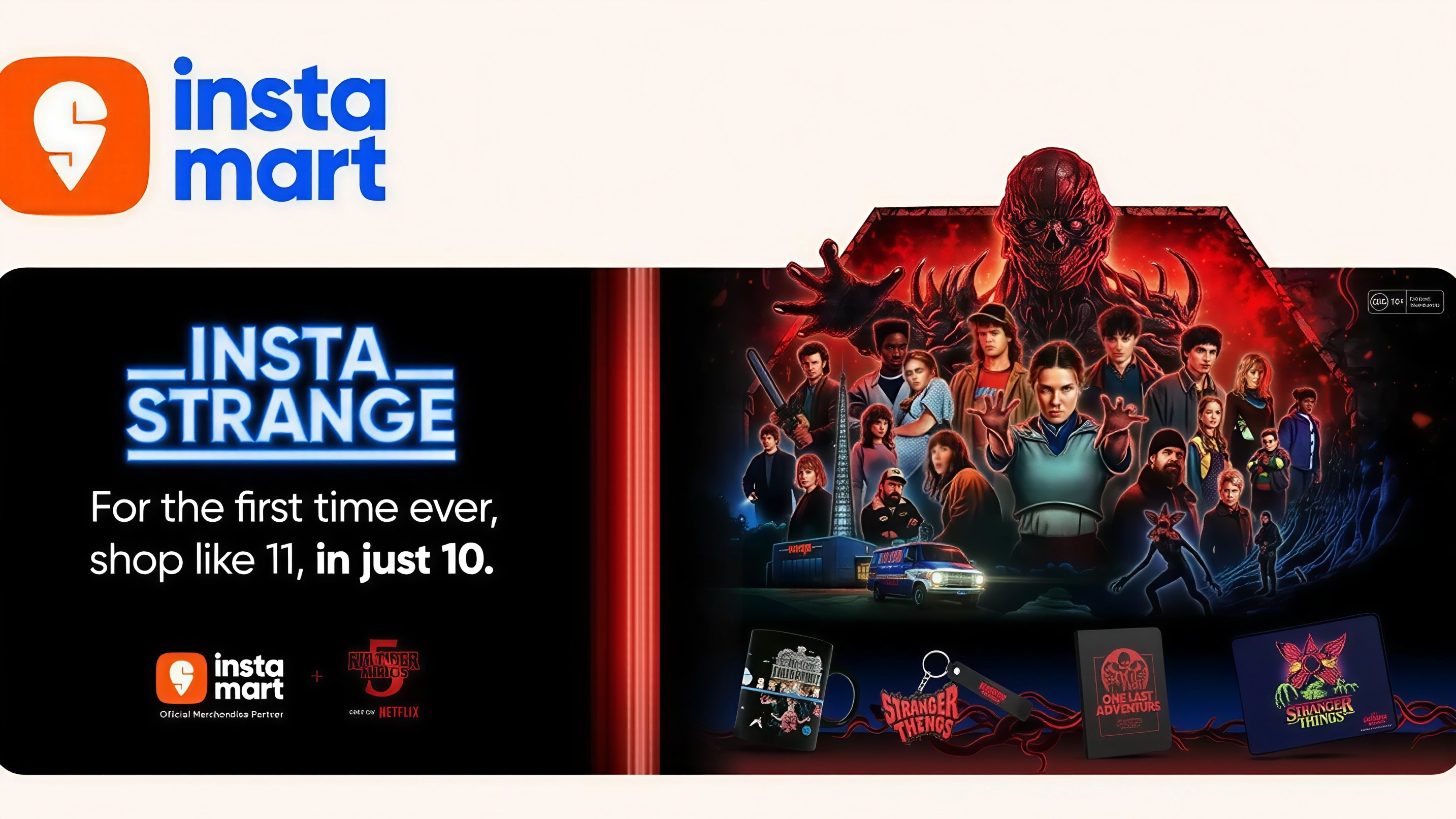Gone are the days of static billboards and one-way advertising messages. In today's digital age, the relationship between brands and consumers is undergoing a profound transformation, thanks to the rise of digital retail media.
With the click of a button, consumers can explore, compare, and purchase products from the comfort of their own homes. But it's not just the convenience factor that's changing the game; it's the way brands are leveraging digital platforms to engage with their audience on a whole new level.
The Evolution of Marketing Websites
The marketing website is a major component of this change. Modern marketing websites are dynamic hubs of activity that are intended to capture and turn visitors into devoted consumers. They are no longer just static online brochures. Let's examine how the relationship between brands and consumers is evolving as a result of the development of marketing websites.
Today's digital media is all about interactive content that engages and entertains consumers.
Take, for example, Nike's website, which offers immersive experiences like virtual try-ons and interactive product demonstrations. By allowing consumers to actively engage with their brand, Nike is forging a deeper connection with their audience.
Thanks to advancements in data analytics and artificial intelligence, digital media can now offer personalized recommendations based on a user's browsing and purchasing history.
ADVERTISEMENT
Amazon's recommendation engine analyzes a customer's past purchases and browsing behaviour to suggest products they might be interested in. By tailoring the shopping experience to each user, brands can increase customer satisfaction and drive sales.
Seamless Omnichannel Experience
With consumers increasingly shopping across multiple channels, from desktop computers to mobile devices to brick-and-mortar stores, providing a seamless omnichannel experience is more important than ever. Digital media is at the forefront of this effort, serving as the digital hub that connects all of the brand's touchpoints.
Starbucks' mobile app allows customers to order ahead and earn rewards, seamlessly integrating with their online and offline experiences.
The rise of digital retail media is revolutionizing the relationship between brands and consumers.
By embracing interactive content, personalized recommendations, social integration, and omnichannel experiences, digital media is transforming into dynamic platforms that not only sell products but also foster meaningful connections with customers.
As technology continues to evolve, the possibilities for brand-consumer engagement are endless, and the brands that embrace these changes will be the ones that thrive in the digital age.















